In 1888, astronomer Simon Newcomb uttered now infamous words, stating that “We are probably nearing the limit of all we can know about astronomy.” This was an age just prior to identifying faint nebulae as separate galaxies, Einstein’s theory of special and general relativity, and an era when a hypothetical substance called the aether was said to permeate the cosmos.
Newcomb would scarcely recognize astronomy today. Modern observatories span the electromagnetic spectrum and are unlocking the secrets of a universe both weird and wonderful. Modern day astronomers rarely peer through an eyepiece, were it even possible to do so with such bizarre instruments. What follows are some of the most unique professional ground-based observatories in operation today that are pushing back our understanding of the universe we inhabit.
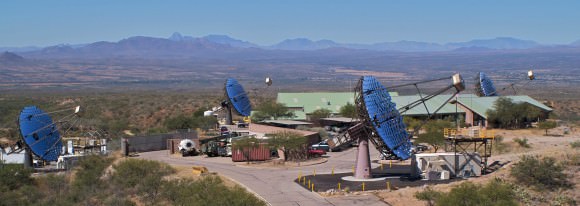
VERITAS: Based at the Fred Lawrence Whipple Observatory in southern Arizona, the Very Energetic Radiation Imaging Telescope Array System (VERITAS) is an observatory designed to observe high energy gamma-rays. Its array consists of four 12-metre aperture reflectors each comprised of 350 mirror scintillators. Each VERITAS array has a 3.5° degree field of view and the array has been fully operational since 2007. VERITAS has been used to study active galactic nuclei, gamma-ray bursts, and the Crab Nebula pulsar.
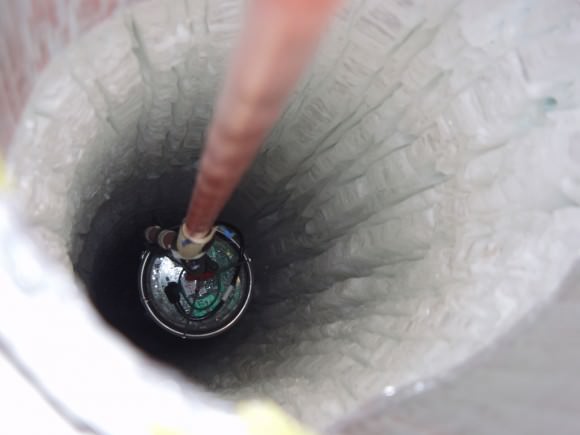
IceCube: Not the rapper, IceCube is a neutrino detector in based at the Amundsen-Scott South Pole Station in Antarctica. IceCube watches for neutrino interactions by use of thousands of photomultipliers suspended up to 2.45 kilometres down into the Antarctic ice sheet. With a total of 86 detector strings completed in 2011, IceCube is currently the world’s largest neutrino observatory and is part of the worldwide Supernova Early Warning System. IceCube will also complement WMAP and Planck data and can actually “see” the shadowing effect of the Moon blocking cosmic ray muons.
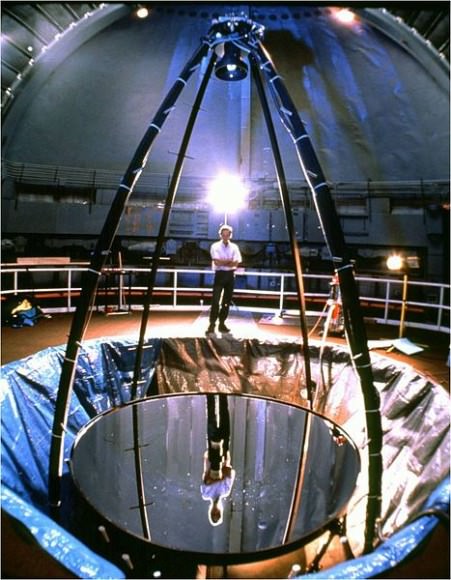
Liquid Mirror Telescopes: One of the more bizarre optical designs out there in the world of astronomy, liquid mirror telescopes employ a large rotating dish of mercury to form a parabolic mirror. The design is cost effective but does have the slight drawback of having to aim directly at the zenith while a swath of sky passes over head. NASA employed a 3-metre liquid mirror telescope as part of its Orbital Debris observatory based near Cloudcroft, New Mexico from 1995-2002. The largest one in the world (and the 18th largest optical telescope overall) is the 6-metre Large Zenith Telescope in the University of British Columbia’s Malcolm Knapp Research Forest.
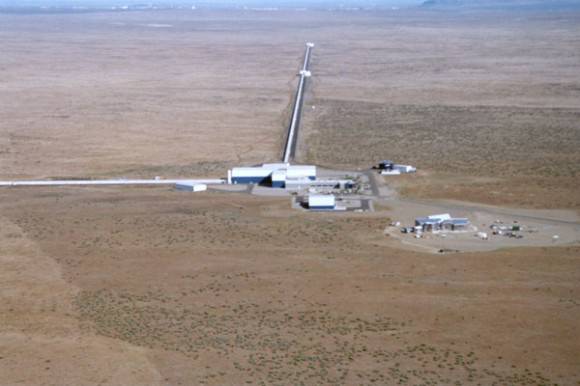
LIGO: Designed to detect incoming gravity waves caused by pulsar-black hole mergers, the Laser Interferometer Gravitational-Wave Observatory (LIGO) is comprised of a pair of facilities with one based in Hanford, Washington and another in Livingston, Louisiana. Each detector is consists of a pair of 2 kilometre Fabry-Pérot arms and measures a laser beam shot through them with ultra-high precision. Two geographically separate interferometers are needed to isolate out terrestrial interference as well as give a direction of an incoming gravity wave on the celestial sphere. To date, no gravity waves have been detected by LIGO, but said detection is expected to open up a whole new field of astronomy.
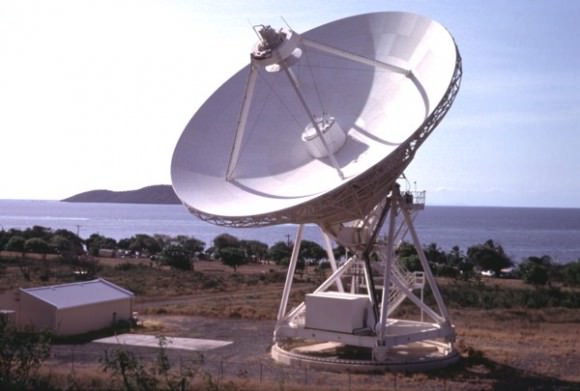
The Very Long Baseline Array: A series of 10 radio telescopes with a resolution the size of a continent, the Very Long Baseline Array (VLBA) employs observatories across the continental United States, Saint Croix in the U.S. Virgin Islands, and Mauna Kea, Hawaii. This is effectively the longest radio interferometer in the world with a baseline of over 8,600 kilometres and a resolution of under one milliarcseconds at 4 to 0.7 centimetre wavelengths. The VLBA has been used to study H2O megamasers in Active Galactic Nuclei and measure ultra-precise positions and proper motions of stars and galaxies.
LOFAR: Located just north of the town of Exloo in the Netherlands, The LOw Frequency Radio Array is a phased array 25,000 antennas with an effective collection area of 300,000 square metres. This makes LOFAR one of the largest single connected radio telescopes in existence. LOFAR is also a proof on concept for its eventual successor, the Square Kilometre Array to be built jointly in South Africa, Australia & New Zealand. Key projects involving LOFAR include extragalactic surveys, research into the nature of cosmic rays and studies of space weather.
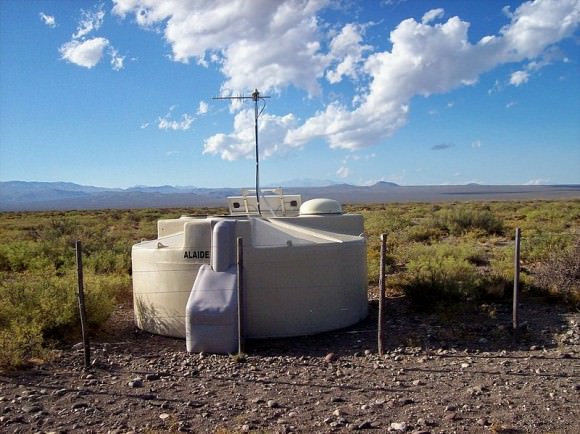
The Pierre Auger Observatory: A cosmic ray observatory located in Malargüe, Argentina, the Pierre Auger Observatory was completed in 2008. This unique instrument consists of 1600 water tank Cherenkov radiation detectors spaced out over 3,000 square kilometres along with four complimenting fluorescence detectors. Results from Pierre Auger have thus far included discovery of a possible link between some of the highest energy events observed and active galactic nuclei.
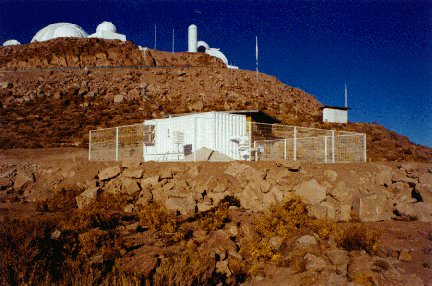
GONG: Keeping an eye on the Sun is the goal of the Global Oscillation Network Group, a worldwide network of six solar telescopes. Established from an initial survey of 15 sites in 1991, GONG provides real-time data that compliments space-based efforts to monitor the Sun by the SDO, SHO, and STEREO A & B spacecraft. GONG scientists can even monitor the solar farside by use of helioseismology!
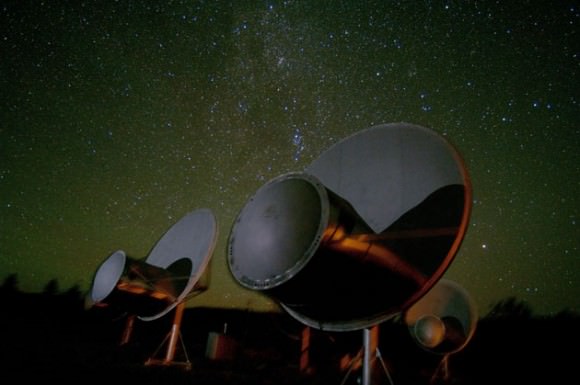
The Allen Telescope Array: Located at Hat Creek 470 kilometres northeast of San Francisco, this array will eventually consist of 350 Gregorian focus radio antennas that will support SETI’s search for extraterrestrial intelligence. 42 antennas were made operational in 2007, and a 2011 budget shortfall put the status of the array in limbo until a preliminary financing goal of $200,000 was met in August 2011.
The YBJ Cosmic Ray Observatory: Located high on the Tibetan plateau, Yangbajing International Cosmic Ray Observatory is a joint Japanese-Chinese effort. Much like Pierre-Auger, the YBJ Cosmic Ray Observatory employs scintillators spread out along with high speed cameras to watch for cosmic ray interactions. YBJ observes the sky in cosmic rays continuously and has captured sources from the Crab nebula pulsar and found a correlation between solar & interplanetary magnetic fields and the Sun’s own “cosmic ray shadow”. The KOSMA 3-metre radio telescope is also being moved from Switzerland to the YBJ observatory in Tibet.

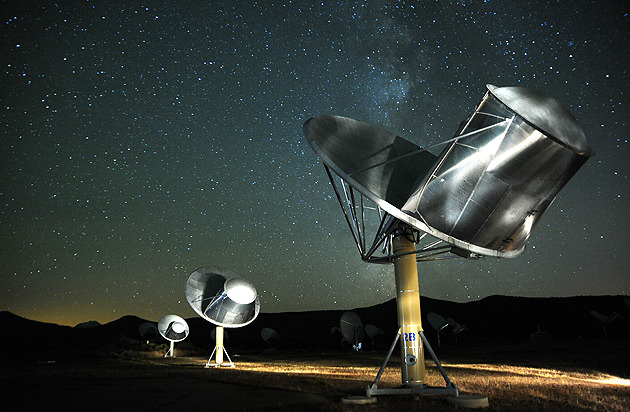
Truely Cosmic
Nice collection! Typo in VLBA description: longest baseline is abt. 8600 km, not 8.6.
Thanks, good catch! Fixed, thanks for reading!
Each a unique and awesome instrument in its’ own right. Thanks for the update!
For those who don’t know.. The energy output of a receiver or transmitter from a microwave frequency antenna can be electronically modulated so the sin wave of the input/output signal is redirected. This allows scanning a wider part of the sky without actually moving the antenna…. thus electrically observing a wider swath of the sky.
Ah… the pattern of peaks and troughs emitted from the 2D array of antenna “pixels” is adjusted to form a wave which travels in the desired direction. Same principle as holography.
Excellent!
Out of this world hehe
Let’s see…so far I have visited VERITAS, LOFAR, CTIO (the GONG) and the St. Croix VLBA dish (and four others: Kitt Peak, Fort Davis, Texax, Liberty, Iowa and Mauna Kea, Hawaii). I lived on St. Croix while they were building the VLBA dish and have some construction photos. Now to ban all the others!
Ha; I’ve personally been to LIGO Livingston… probably IceCube would be the toughest one to cross off… anyone “done the list?”
???? ????????